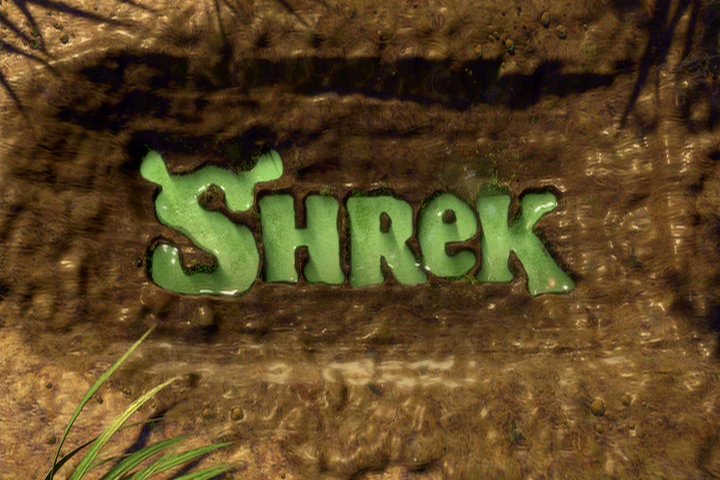If any word other than “awaited” applies to No Time To Die, the 25th film in the James Bond franchise whose release was delayed five times between 2018 and 2021, it would most certainly be “rapturous.” Six years after the middling reception of Spectre and eighteen months after its initial pre-pandemic April 2020 release date, the conclusion to Daniel Craig’s 007 saga tears exclusively onto the silver screen this Oct. 8, and it marks the first true finale in the series’ 59-year film history.
Just like Craig’s previous outings, No Time To Die picks up on the continuing mythology of Bond’s adventures in the 21st century, with most of the narrative focusing on the dynamic and relationships between Bond and his lover Madeleine Swann and his enemy Ernst Stavro Blofeld, whose roles are reprised from Spectre by Léa Seydoux and Christoph Waltz. Almost every recurring character from the franchise comes back for a final appearance, including Jeffrey Wright’s CIA agent Felix Leiter, as well as MI6 allies Q (Ben Whishaw), Moneypenny (Naomie Harris), M (Ralph Fiennes) and Tanner (Rory Kinnear). There are a few new characters as well: Ana De Armas appears for an action sequence in Cuba, Lashana Lynch picks up Bond’s mantle as the new 007 agent following his retirement at the end of Spectre and Rami Malek plays the mysterious and scarred megalomaniac Lyutsifer Safin.
In typical event film fashion, the first forty-odd minutes are largely spent establishing the premise, reintroducing characters and stitching together the connective tissue to make the transition between Spectre’s ride-into-the-sunset ending and No Time To Die’s bombastic opening as seamless as possible.
In one of the longest pre-title sequences for any Bond film ever, director Cary Joji Fukunaga manages to squeeze in an establishing scene for Malek’s villain as well as an extensive action sequence throughout the streets of Italy before pivoting into the film’s opening title sequence. This time around, the theme was written and performed by Billie Eilish, who manages to distill a certain kind of melancholic darkness and beauty into her theme, which evokes a rich and mournful tone perfectly apt for the final film in Craig’s series.
On a visual level, No Time To Die continues the cinematographic momentum contained within the previous two films. Despite lacking the visual texture and scrumptiousness of Spectre and the luminous contrast and silhouetting of Skyfall, No Time To Die is still elegantly composed with both care and deliberation. La La Land cinematographer Linus Sandgren brings his signature usage of subdued colors to transform every landscape of the film into a portrait. Muted blues and purples bring out the vibrancy of clubs and skylines, while soft greys flesh out a fog-blanketed set piece in a Norwegian forest. The entire film is gorgeously shot on 35mm and 65mm film in a delicious 2.39:1 aspect ratio, with some action sequences being cut to the 1.9:1 aspect ratio to suit IMAX screens. Delaying this thrice was the right move—this is a big screen movie, and it rightfully deserves its exclusive theatrical premiere.
Perhaps one of the most frequently-praised characteristics of Bond films is their strong usage of production design, and No Time To Die is no disappointment. Bond’s Jamaican retirement home is beautifully quaint, and Safin’s sprawling factory and headquarters evokes Soviet brutalism and Japanese architecture with its imposing structure and Dr. No-esque atriums. It’s no surprise that the film lives up to its titanic expectations on a technical level, but the strength of its filmmaking is appreciated nonetheless.
Narratively, No Time To Die continues both the story and the themes set up by the previous Craig-era films, for better and for worse. The focus on continuity between these five films, as well as their deliberate decision to emotionally ground Bond as a human character with very sincere emotions and motivations has been justifiably polarizing among Bond fans, particularly those of the older generation who favor Sean Connery and Roger Moore’s more lighthearted and disconnected entries. No Time To Die yet again focuses on an aging Bond whose place in the world is gradually becoming more and more diminished. Craig was 51 when this was shot, and although his stunt work and action scenes are as excellent as they ever were, his age is felt more than it ever was.
If Skyfall was the franchise’s response to a post-Y2K world of digital cybernoia and increasingly physically decentralized espionage, and Spectre an ethereal journey through a crumbling graveyard of ghosts, then No Time To Die is truly Bond at his eleventh hour—perpetually suspended in a destabilized environment, gradually falling apart and fading away as his past ruthlessly catches up to his age.
The world, truly, is not enough for his colossal presence, and the film does its best to lay his mythos to rest. The themes of the prior two films were deeply entangled with the motivations of their villains, and that’s present here as well. Safin is a tyrannical evildoer, a villain who truly does see himself as a heroic killer, and whose plan is to dispense a genetically-engineered bioweapon unto the world to target specific victims.
His weapon lives inside his victims forever, capable of only infecting those sharing the blood of its targets. If anything, this represents the true commodification of the body as a tool for death and destruction and, despite Safin not featuring very prominently throughout the film’s runtime, his presence is always felt and the film goes to some very interesting places with this framework.
As Bond struggles to cope with the floor of his world falling out from underneath his feet, he frantically looks for something to hold onto, and he finds it in his compatriots and allies. The reintroduction of familiar iconography like the Aston Martin DB5 and the stacked cast filled with iconic characters doesn’t just act as a love letter to the origins of the franchise, but it also manages to flesh out a microcosmic examination of Bond, not just as a character, but as a legacy as well.
Despite being over two hours and forty minutes in length, No Time To Die never really hits the brakes, with the exception of some speed bumps in the final act as Fukunaga races to wrap up the threads the film works with throughout its runtime. Its ending is, perhaps, the first truly, irrevocably emotional conclusion to any Bond film—and is certain to be polarizing among long-time lovers of the franchise—but there could not be a more poetic and perfect curtain call on Craig’s fifteen-year landmark tenure for the series.






